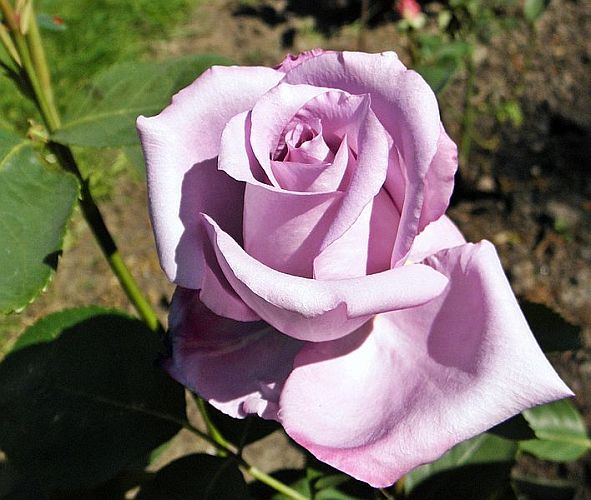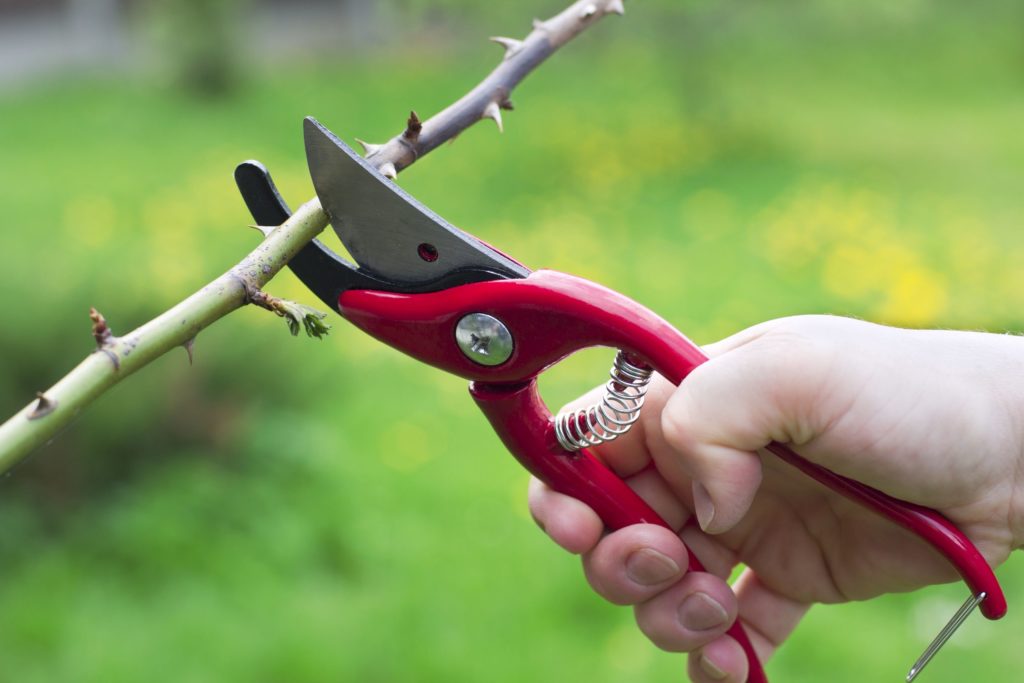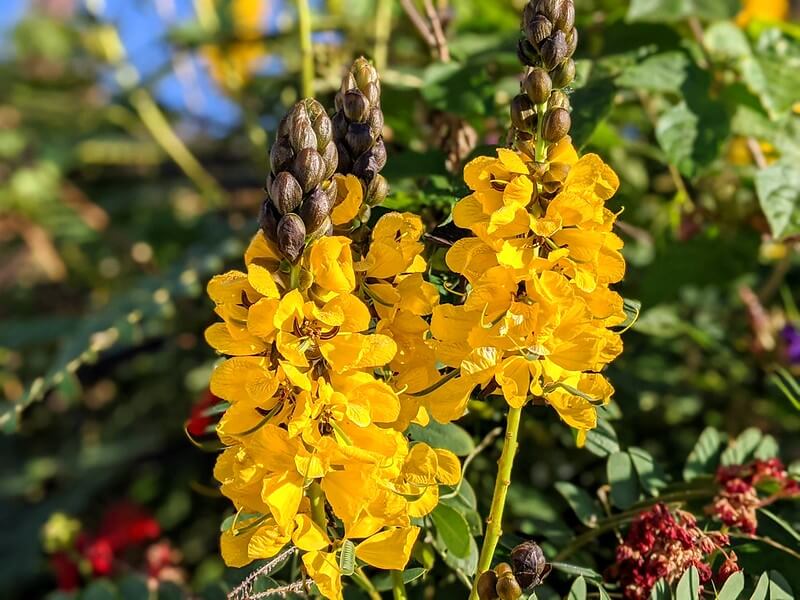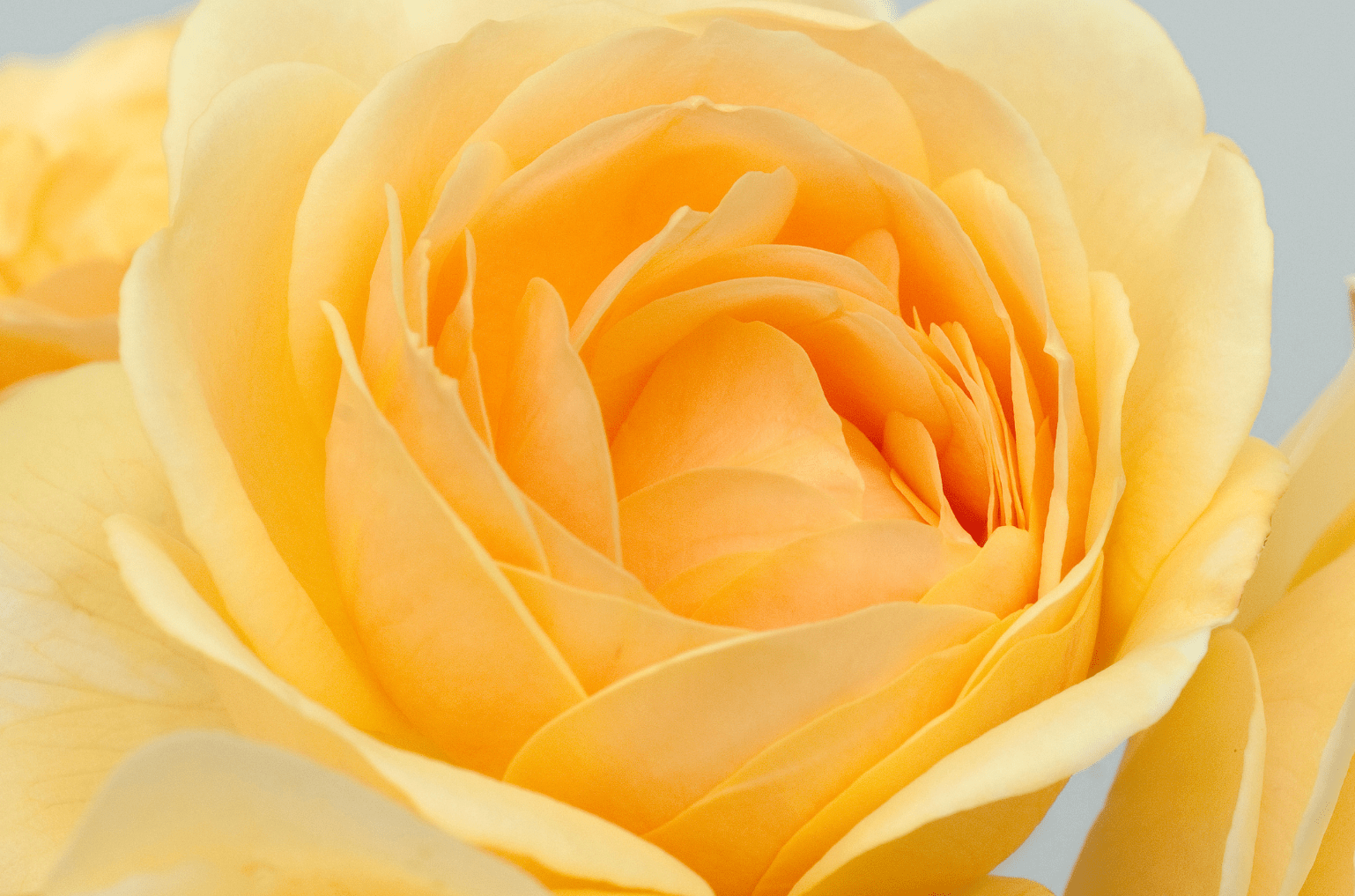This post may contain affiliate links. As an Amazon Associate we earn from qualifying purchases.
If you’re looking for an interesting addition to your rose garden, consider the Blue Girl Rose. A hybrid tea, it blooms in double flowers that are generally more lavender than blue.
A compact shrub, the Blue Girl grows 2 to 3 feet in height, with a 2-foot spread. If grown in full sun in its USDA hardiness zones (4 to 10), the Blue Girl will bloom in spring and fall.
In a nutshell, here’s how to care for the Blue Girl rose
- Water weekly; more often when it’s hot outside.
- Fertilize the Blue Girl rose monthly during the growing season.
- Deadhead the Blue Girl bush to keep it blooming.
- Prune in winter.
- Winter protection begins after the first hard frost.
Like all roses, Blue Girl does best when watered weekly and deeply. During hot, dry periods you may need to supply more water. The best way to water the Blue Girl is with drip irrigation or a soaker hose that will supply the water slowly and deeply. Try to keep water off the foliage to avoid fungal disease.
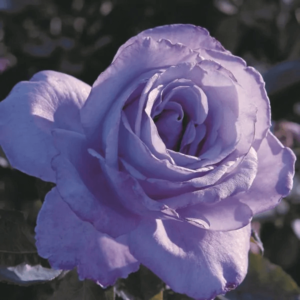
How to fertilize the Blue Girl rose
Fertilize the Blue Girl monthly during the growing season with rose food, according to the rate suggested on the package. I make my own, following an American Rose Society recipe:
- 1 cup bone meal or super phosphate
- 1 cup cottonseed meal
- 1/2 cup blood meal
- 1/2 cup fish meal
The Society recommends that you use the recipe above for the first spring feeding and then you can switch to chemical fertilizers for the subsequent ones.
Water the rose as you normally do before applying the fertilizer and then sprinkle it evenly around the bush, at the drip line. Use a rake to lightly scratch the powder into the surface of the soil and then water again. If you live in a region with a long growing season, do another application in early September.
Pruning the Blue Girl
Deadhead the Blue Girl rose bush periodically. If you’re new to gardening, deadheading refers to the process of removing spent blooms.
Sterilize your pruners by giving them a 5-minute soak in Lysol or other household disinfectant, rinse thoroughly and dry. When deadheading, cut just above a five-leaf cluster, using sharp pruning shears. While you have the pruners out, check the area around the base of the Blue Girl for suckers (small, immature growth) and break or cut them off the plant or pull from the soil.
Hybrid teas bloom on new wood so if you hope to have an eye-popping bloom next season, the time to prune away the old wood is winter.
There are several schools of thought on how hard to prune the Blue Girl. One group says to cut back the entire bush to 24 inches in height. Another says to take it down to half its current height.
We like Cass Turnbull’s description at PlantAmnesty.org. If you were five years old and someone asked your age, you would show them, right? You’d hold up five fingers. Do that now, except show yourself (meaning that your palm should be facing you). That is what Turnbull says the perfect hybrid tree should look like when pruned.
“The perfect rose bush would have five or six clear green canes, as thick as a thumb, radiating evenly from the center.”
As you prune, cut away any growth that appears weak or diseased and any branches that cross over one another. Also as you prune, understand that the new branch will grow from the eye below the cut, so ensure that the eye is facing the way you want the branch to grow. Typically, this will be an outward-facing branch, but not always.
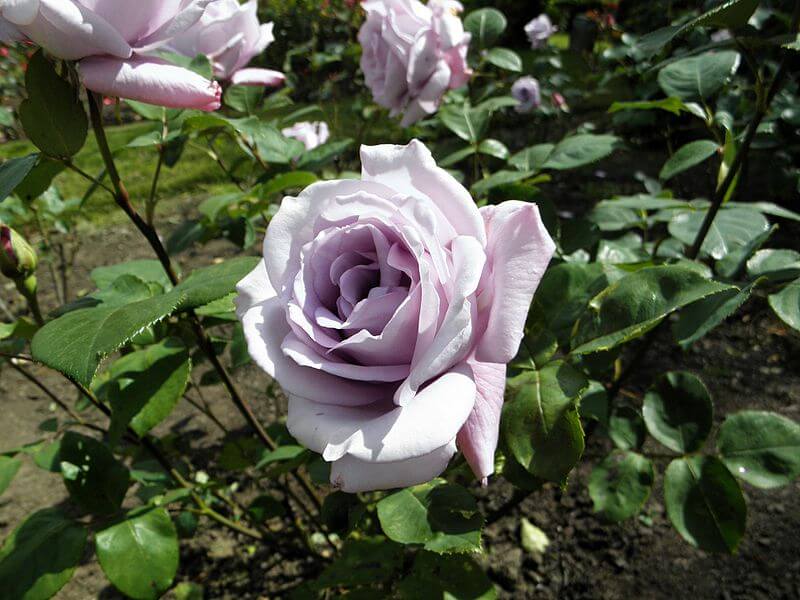
Winter protection for the Blue Girl rose
Prepare the rose for winter if you live in a cold region of the country. Stop fertilizing the Blue Girl rose in August and discontinue deadheading in October. Remove all foliage after the first hard frost and prune off all dead and diseased wood.
Rake the planting bed to remove all plant debris so pests and disease organisms won’t use it to overwinter. The fungus that causes black spot of roses is particularly fond of sleeping off winter in rose leaf litter.
Add 5 inches of mulch around the base of the Blue Girl shrub and cover the entire plant with leaves or straw.
In spring, remove any winter-damaged canes.
Add a fresh, 3-inch layer of mulch after spring pruning. Keep it 2 inches away from the wood and spread it out to 3 feet, completely surrounding the base of the Blue Girl bush.
Click here to learn How to Repot Roses Grown in Containers
Mention of a fertilizer or pesticide, or use of a pesticide or fertilizer label, is for educational purposes only. Always follow the product’s label directions attached to the container you are using. Be sure that the plant you wish to treat is listed on the label of the pesticide you intend to use. If growing edibles, check the label for the number of days between pesticide application and when you can re-enter the area and/or harvest your crop.
Featured image: HomeinSalemderivative work: Anna reg – CC BY-SA 3.0 via Wikimedia Commons
